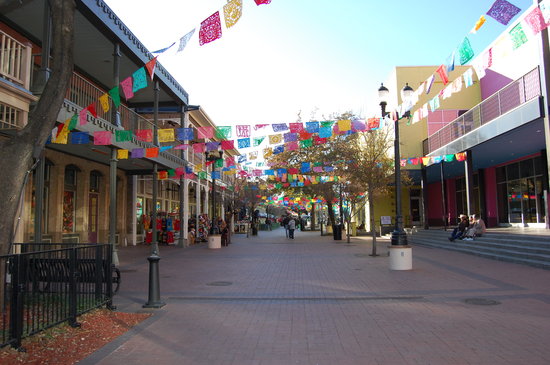Spanish Video Lesson – Personal Hygiene
Personal Hygiene
Nobody wants to be around the person who doesn’t have good personal hygiene. The first step to having good personal hygiene is obviously being able to talk about personal hygiene in Spanish. In all seriousness, you might be able to use these lessons helping teach kids basic personal hygiene skills in a third-world country. Please practice what you learn on our Facebook page. By practicing on our Facebook page, you automatically enter yourself to win free software from us here at Visual Link Spanish.
Here is the vocabulary from the video:
| deodorant | desodorante |
| shampoo | champú |
| soap | jabón |
| toothbrush | cepillo de dientes |
| toothpaste | pasta dental |
| hair | cabello/pelo |
| teeth | dientes |
| fingernail | uña |
| toenail | uña del dedo del pie |
| to trim your nails | cortarse las uñas |
| to brush your teeth | cepillarse los dientes |
| eyes | ojos |
| What toothpaste do you like? | ¿Qué pasta dental te gusta? |
| How often do you brush your teeth? | ¿Qué tan seguido te cepillas los dientes? |
Nobody wants to be the smelly kid in class or the stinky guy at work. Brush your teeth, bathe, and put on deodorant everyday. Please. As you noticed the questions of the day are:
What is your favorite brand of toothpaste?
How often do you brush your teeth?
Please practice what you’ve learned and answer those questions on the Visual Link Spanish Facebook page for a chance to win free software from us.
Future Facebook Fiesta Friday Topics:
September 23, 2011 – Boss Your Kids Around in Spanish
September 30, 2011 – What to Say to Your Parents in Spanish
October 7, 2011 – Speaking Spanish With Your Best Friend













